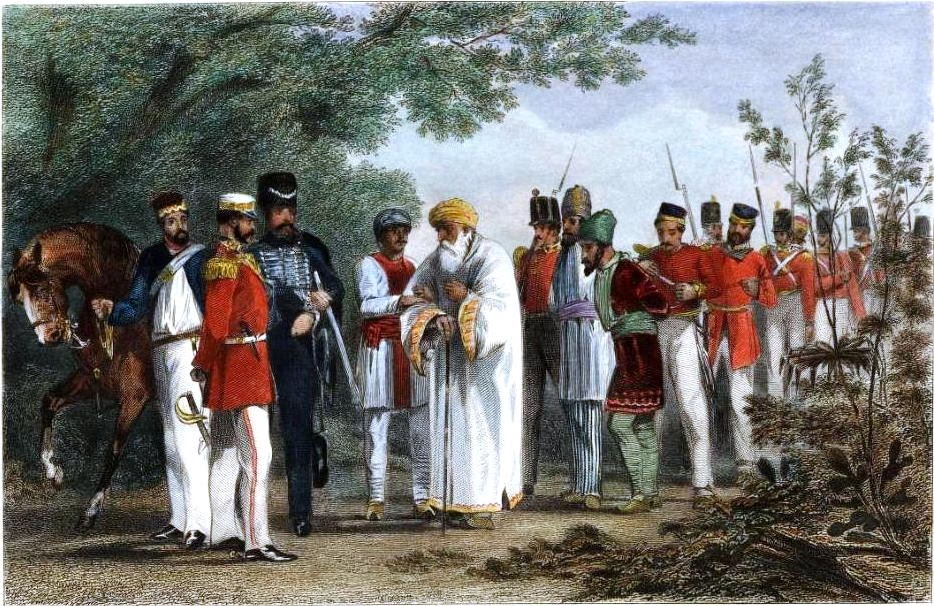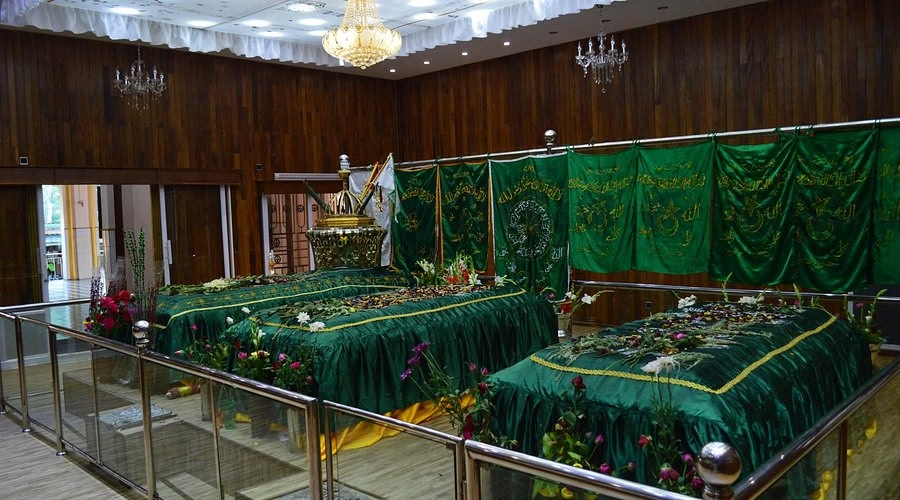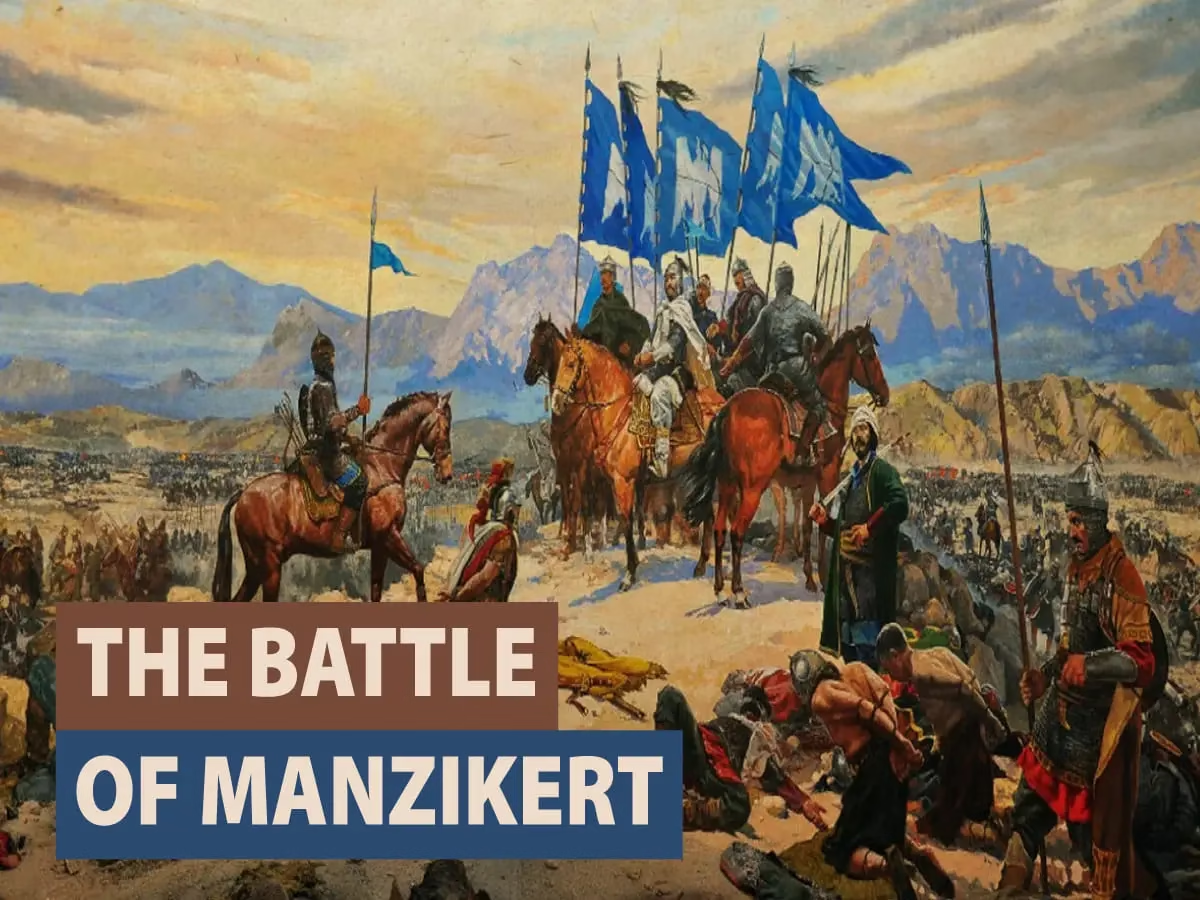On November 7, 1862 AD/CE, the last Mughal/Timurid Emperor, Bahadur Shah Zafar, passed away in exile in Rangoon, British Burma. His final days were spent far from his homeland, a tragic end to the once-glorious Mughal dynasty.

During the Indian Uprising of 1857, Bahadur Shah Zafar led the rebellion against the British, emerging as a symbolic figure of Indian resistance. The old emperor was found guilty of helping the Indian freedom fighters against the British. He was accompanied into exile by his wife Zeenat Mahal and some of the remaining members of the family. He was buried in Rangoon.
See Also: Mughal Emperor Babur Family Tree
The Great Mughal Empire had lost much of its influence and territory by the end of the 1700s. When Zafar came to the throne in 1837, his rule extended only to Delhi and its surroundings. But for his subjects, he always remained Badshah – the King.
He was a nominal Emperor, as the Mughal Empire existed in name only, and his authority was limited only to the walled city of Old Delhi (Shahjahanabad). He was a devout, gentle, and kind Sufi Muslim. He consciously saw his role as a protector of both his Hindu and Muslim subjects.

Bahadur Shah Zafar was a skilled calligrapher and an accomplished poet, not only in Urdu and Persian but also in Braj Bhasha (a dialect of Hindi) and Punjabi. ‘Zafar‘ was his poetic surname. His court became a flourishing center of literature, hosting legendary poets such as Mirza Ghalib and Muhammad Ibrahim Zauq.

See Also: Dynasties of Delhi Sultanate Family Tree
Legacy
Despite being the last emperor of a declining dynasty, Bahadur Shah Zafar remains a poignant figure in Indian history. He symbolized resistance against colonial rule, and his poetry continues to inspire generations. His tragic exile marked the final chapter of the Mughal Empire.


